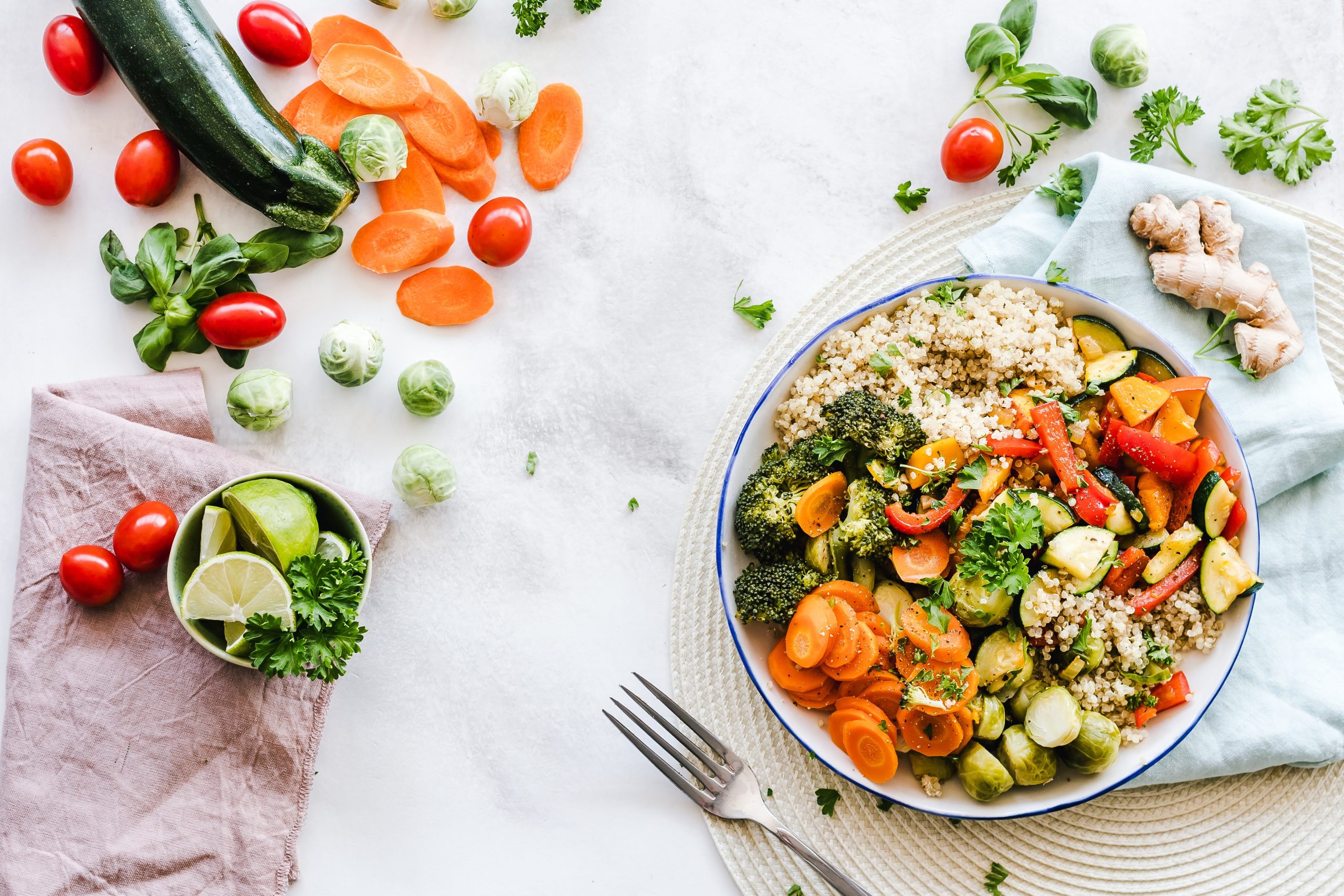“Food is Medicine”
We have all heard this saying before, but do we really understand what this means?
Therapeutic dietary practices continue to prove their worth. Researchers now refer to foods with therapeutic applications as “functional foods”—they offer an easy and powerful way to take control of our health, and some of them have been right under our noses all along.
For example, researchers have found that parsley is much more than just a flavoring or garnish—this humble herb can offer powerful protection against some of the most common serious diseases, including cancer.
Your herb garden and spice drawer are medicine cabinets
In past articles, we’ve discussed the healing properties of varied herbs and spices. It turns out that turmeric is one of the most effective anti-inflammatories ever discovered, that ginger can fight cancer as effectively (or more so) than chemotherapy, that cilantro can chelate heavy metals from the body, and that oregano is a powerful natural antibiotic.
Research has proliferated around the use of common herbs and spices to prevent or treat cancer. Many of the most common herbs in backyard gardens are potent and sophisticated cancer fighters: oregano, rosemary, thyme, mint, sage, and last but certainly not least…parsley.
Parsley isn’t normally regarded as a health powerhouse—it’s usually used as a disposable garnish, or at most as a secondary flavoring spice. This is a far cry from ancient times, when it was valued as a sacred adornment for tombs, as well as a powerful and versatile medicine.
Modern research has now shown us that parsley deserves every bit of high regard. In order to understand how this underestimated herb can be useful for preventing or treating cancer, we’ll look at a few of its foundational health-supporting properties.
Nutrient density. We’ve written before about the great importance of a nutrient-dense diet, especially in this time of junk foods and depleted soils. Parsley checks plenty of boxes in this category, offering three times more vitamin C than oranges, as well as vitamin A, vitamin K, folate, and a variety of essential minerals. Providing your body with clean, nutrient-dense foods like parsley is always the first foundational step of preventing cancer and other health conditions.
Antioxidant activity. If there’s any principle of healthy eating that’s as critical as nutrient density, it’s oxidative stress prevention. Oxidative stress is one of the main culprits behind the development of nearly every major disease, including cancer. It’s a normal part of biological functioning, but is dramatically exacerbated by inflammatory foods, environmental toxins, unhealthy lifestyle choices (like smoking and drinking), and stress.
While the body does produce its own antioxidants endogenously (such as glutathione and melatonin), managing oxidative stress also requires an antioxidant-rich diet. Studies demonstrate that the flavonoids in parsley effectively increase the antioxidant and chelating capacities of the blood.[1]
Direct anti-cancer properties. Parley’s benefits aren’t limited to preventing cancer before it develops; research also demonstrates that it contains powerful compounds that fight cancer directly. Phenolic compounds such as apigenin, apiin, myristicin, and apiol have been shown to suppress various cancers by “triggering cell apoptosis and autophagy, inducing cell cycle arrest, suppressing cell migration and invasion, and stimulating an immune response.”[2]
These compounds appear to be especially beneficial for the lungs, and as such can protect against the cell-damaging, cancer-causing effects of smoke and other inhaled toxins.
How to use parsley medicinally
In order to enjoy the full health benefits of parsley, you’ll need to consume more than the usual decorative sprig or dash from the spice jar. Think of it as a whole food rather than a side addition. You can add loosely chopped fresh parley to salads, stir fry dishes, chilis, and soups. It’s also an excellent ingredient for homemade dips and salad dressings.
Adding parsley to smoothies is another easy way to integrate it into your life. The wide possibility of flavors and ingredients will allow you to blend up lots of parsley at once—sweet fruits like bananas and blueberries, astringent fruits like lemon and lime, and healthy nuts and seeds (or nut butters) are all great for balancing out the pungent flavor of parsley. For an extra healthy smoothie, add nutrient-dense greens like kale or spinach to the mix! Experiment with different recipes and combinations to see what works best for your palate.
While both fresh and dried parsley offer benefits, it’s usually best to choose fresh whenever possible. Levels of a few nutrients (such as potassium) appear to be more concentrated in dried parsley, but otherwise, fresh parsley is nearly always more nutrient-dense. It’s also much more flavorful, and it has the intangible benefit of being living food.
References
[1] https://www.sciencedirect.com/science/article/pii/S0308814605004073





